
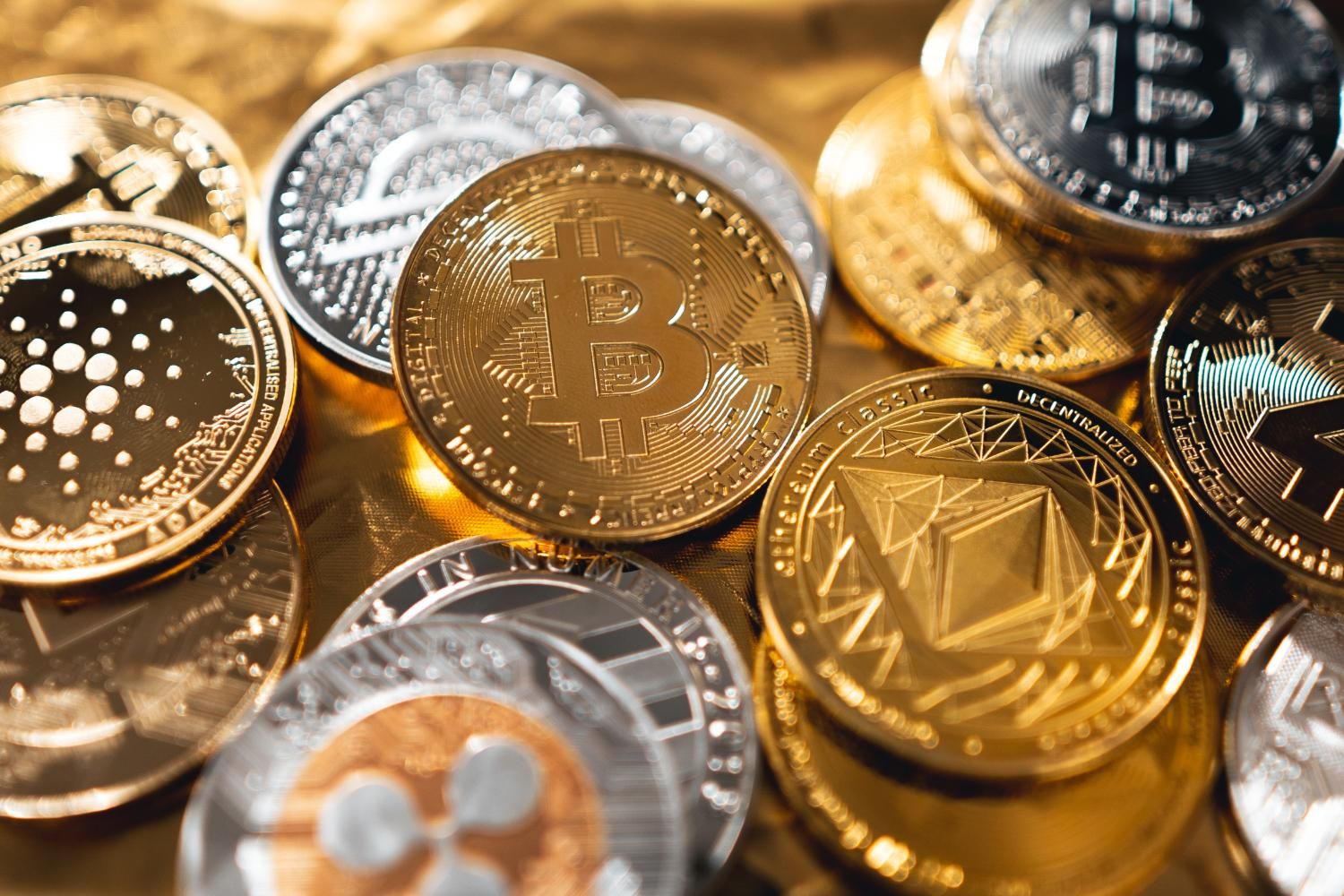
After 2025’s volatile end, 2026 is poised to be a watershed moment for the cryptocurrency sector, marking a transition from a speculative asset class to essential global financial infrastructure.
Further regulatory clarity, artificial intelligence (AI) integration, real-world asset (RWA) tokenization and sustained institutional inflows could propel DeFi and crypto markets in 2026. According to experts, this is no longer a conversation about crypto versus TradFi; it’s about a hybrid financial system where digital assets are simply better tools.
Crypto market maturity and resilience
According to Elkaleh, Bitcoin’s resilience during its recent pullback, which brought a 37 percent drawdown from its October all-time high, was telling. While such severity was surprising, he observed that long-term holders and institutions continued to accumulate rather than unwind exposure, which he sees as an indicator of health.
“Q4 was defined by a major leverage reset, with BTC’s sharp pullback forcing a broader reassessment of risk,” he said.
At the time of this writing, analysts were split on where Bitcoin could go next. A further crash risk lingers if the US Federal Reserve delays interest rate cuts; however, a post-purge rally to US$135,000 to US$150,000 is in sight mid-year if institutions return, exchange-traded fund (ETF) flows flip positive and futures premiums stabilize above 5 percent.
As Bitcoin dropped, Elkaleh observed other segments of the market tied to practical use cases and diversification strategies — such as privacy assets, decentralized AI and stablecoin ecosystems — weather the storm.
“The market (has shown) growing maturity: capital and developer attention shifted toward utility-driven sectors such as tokenization, stablecoins and real-world integrations.”
Tokenization: The on-chain first institutional default
Mersch sees tokenization accelerating in 2026, eventually becoming the default for new institutional financial products.
He sees the foundation of this shift being built, with tokenized treasuries and money-market funds serving as a core yield sleeve for institutional investors who demand liquidity, standardized reporting and programmable settlement.
“If current growth holds, tokenized assets could be a multi-trillion dollar market by 2030, with government bonds and cash-like instruments as the anchor,” he said. “Over the next five years, the key shift is likely that new institutional products are designed as on-chain first, and only secondarily wrapped in legacy wrappers.”
He anticipates that stablecoins will be solidified as the liquidity backbone for a growing tokenized market, acting as the new cash layer. The most likely end state, according to Mersch, will be a hybrid digital cash stack, where bank-issued stablecoins, private stablecoins and central bank digital currenciesco-exist and interoperate.
Mersch predicts that tokenized real estate and private credit will now start to see expansion.
For real estate, tokenization converts a traditionally illiquid market into tradable, divisible assets, lowering the barrier to entry for global investors and providing recurring revenue streams.
Rupena, whose company, Milo, pioneered the crypto-backed mortgage, asserts that lenders will be expected to recognize digital assets as a core part of a client’s real balance sheet, just like cash or securities.
Elkaleh also expects to see strong expansion in RWA tokenization in 2026, alongside stablecoin-based payouts and small-business payment rails. “The most accelerated growth will occur in emerging markets, where mobile-first users turn to crypto as a practical financial alternative,” he wrote in an email.
“The rise of RWA markets, L2 scalability and more accessible DeFi will allow onchain credit and savings to scale meaningfully. Combined with steady institutional inflows, these economies will become the strongest demand engines of 2026, driving both user growth and real economic activity onchain.”
DeFi: An institutional derivatives and credit layer
The final pillar of the 2026 crypto outlook is the maturation of DeFi. Mersch asserted that DeFi is poised to emerge as a compliance-ready core platform for credit and risk management in 2026.
Real-world structural resilience supports Mersch’s forecast.
Rupena noted that market ups and downs are expected in the digital asset ecosystem, and that conservative LTVs, real-time monitoring and clear margining frameworks are designed to cope with volatility.
“Lower forced liquidation activity, even during big market moves, is a very healthy signal,” he explained, adding that customers are purposely keeping collateral cushions so they can stay calm during market swings.
This focus on prudence and durability validates the market’s readiness for institutional-grade credit and risk products.
“If successful, this creates a liquid, 24/7 derivatives layer that sits on top of both tokenized and traditional markets,” Mersch said. “By 2026 and beyond, the most interesting innovation may not be crypto versus TradFi, but portfolio and product designs that blend tokenized assets, stablecoin liquidity and DeFi-based synthetic exposure into a single stack.”
This institutional leap is fundamentally enabled by regulatory clarity.
“You can already see this through partnerships like Coinbase (NASDAQ:COIN) with Circle Internet Group (NYSE:CRCL) and Morpho (TSE:3653), where yield is embedded at the platform level without requiring users to interact directly with on-chain protocols. Regulation will accelerate that model,’ he added.
Elkaleh noted that clearer rules will allow users to adopt on-chain tools for cross-border payments, tokenized savings and AI-driven bill pay with the same confidence they have in regulated fintech apps. He expects the most transformational impact will come from next-generation L2 scalability paired with AI-agent execution.
“These shifts will bring down transaction costs, compress settlement times, and enable autonomous payments, subscriptions and cross-chain operations,” the expert explained.
“We also expect prediction-market aggregation to emerge as a breakout consumer interface and RWA perpetuals to bring macro assets, including commodities, credit and inflation onchain through synthetic markets. These developments collectively move crypto into a more comprehensive, high-velocity financial system.”
Upcoming crypto market catalysts
The pivot to a hybrid financial system will be driven by several concurrent catalysts.
The US Market Structure Bill is targeted for a Senate floor vote in early 2026, aiming to create the first federal framework for digital assets. North of the border, Canada’s Stablecoin Act, which provides C$10 million for Bank of Canada oversight starting in 2026, signals official endorsement of the digital cash layer.
Globally, the Basel Committee on Banking Supervision is set to implement new capital standards for banks’ crypto exposures, crucial for encouraging institutional momentum, by January 1, 2026.
The technological engine supporting this adoption is fueled by scalability and intelligence.
On the blockchain side, Ethereum’s aggressive roadmap, including the Glamsterdam upgrade targeted for 2026, continues to refine Layer-2 (L2) systems. This focus on L2 efficiency, combined with the integration of AI agent execution, is key for supporting the millions of transactions needed for a comprehensive, high-velocity financial system.
Investor takeaway
In 2026, the crypto market is set to deliver meaningful gains and stable, sustained growth as this new, highly efficient, and globally interoperable financial system moves from the laboratory into production scale.
Securities Disclosure: I, Meagen Seatter, hold no direct investment interest in any company mentioned in this article.


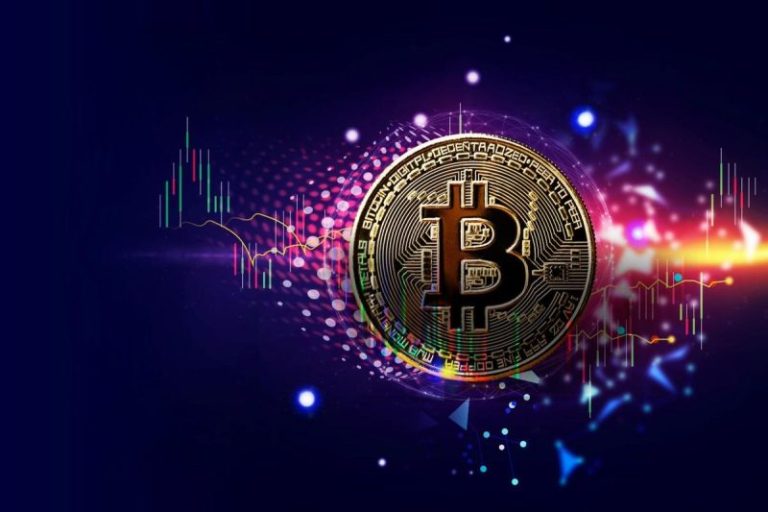





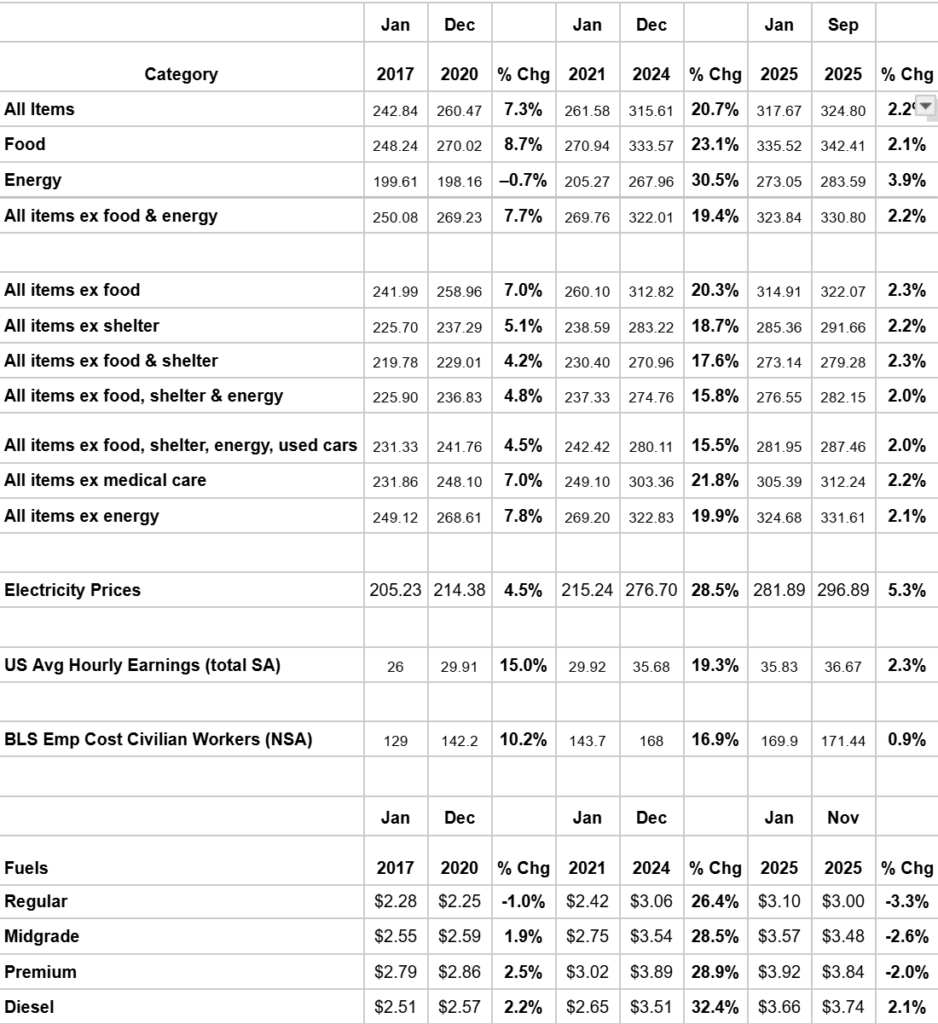
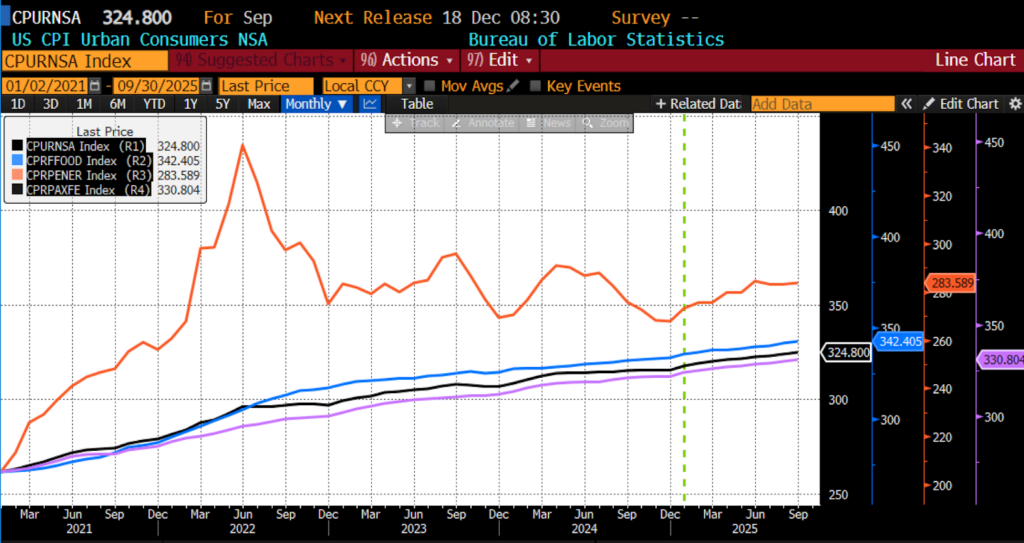
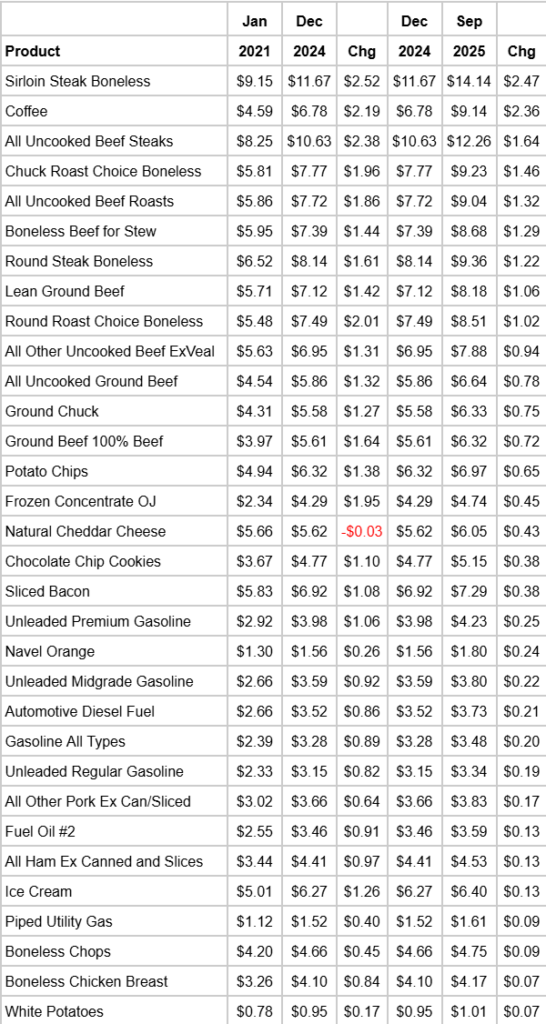























 Brightstar Resources (BTR:AU) has announced Sandstone exploration drilling returns 157m @ 1.13g/t Au
Brightstar Resources (BTR:AU) has announced Sandstone exploration drilling returns 157m @ 1.13g/t Au


